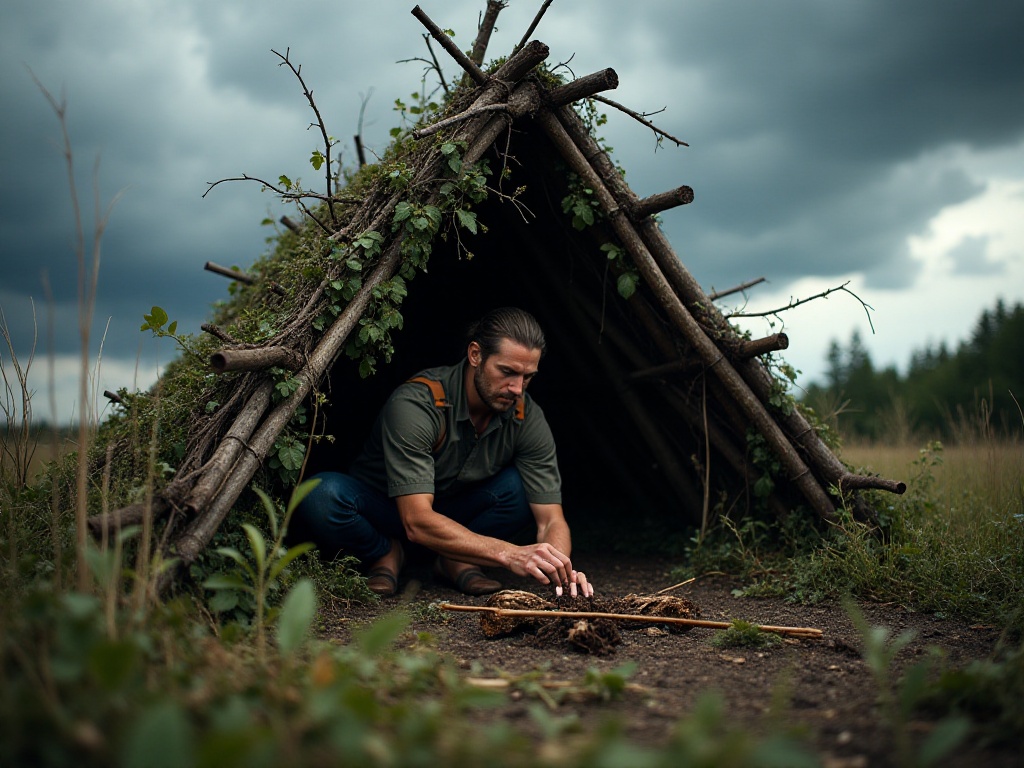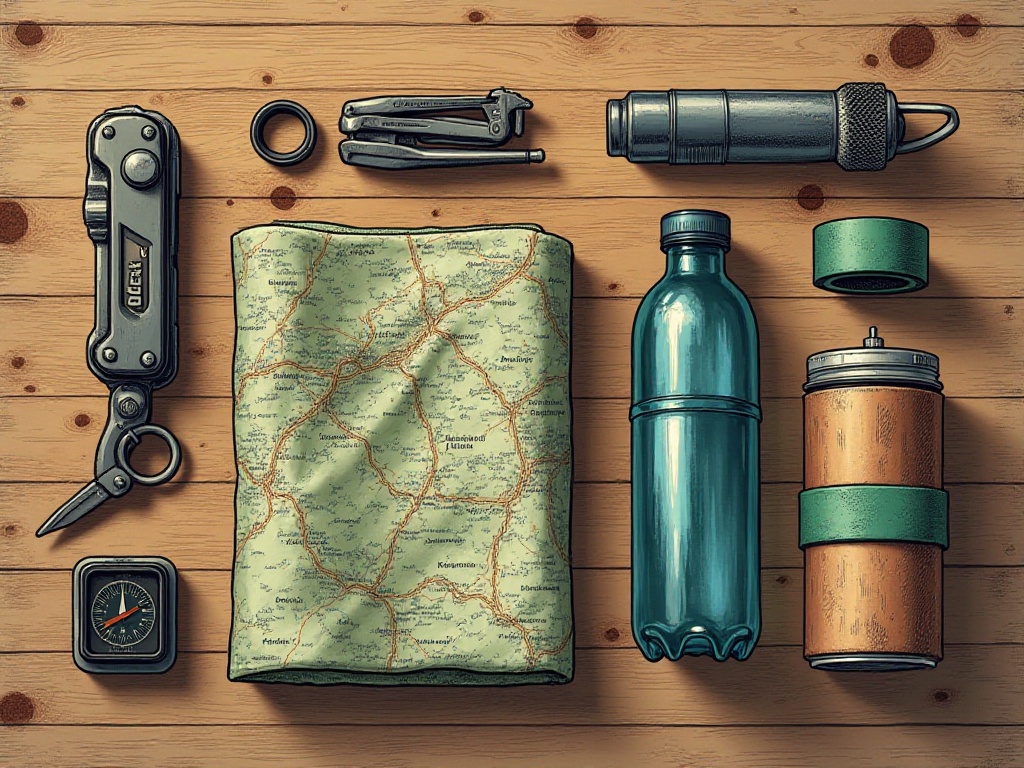Introduction
As a content creator who frequently barbecues, camps, and hikes in the wilderness, I deeply understand the importance of mastering proper survival skills. Sometimes a single technique can save you a lot of trouble in the wild. Today I'll share all the wilderness survival experience I've accumulated over the years, hoping these practical tips will help you when you need them.
Mindset
To be honest, most people panic when encountering emergencies in the wilderness. But I want to say that staying calm is crucial in these moments. I remember once when I got lost hiking on Wugong Mountain, it was almost dark and my phone was nearly dead. If I hadn't forced myself to stay calm, regulate my breathing, and carefully observe the surrounding terrain features and trail markers, I probably would have had to spend the night on the mountain.
Now every time I go camping or hiking, I send my detailed itinerary to family members or close friends in advance. How detailed? For example, where I plan to camp, estimated arrival time at the campsite, planned return time, and I even send them screenshots of the route. Although it sounds troublesome, this habit is really important. One of my friends was found by rescue personnel before dark precisely because he had informed his family of his itinerary when he was unable to move after spraining his ankle in a mountainous area.
In the wilderness, mindset is more important than anything else. Many people get nervous easily in the wild, but there's no need. I often tell first-time campers to treat the wilderness as a big garden. You should believe that as long as you're well-prepared and maintain an alert but not panicked mindset, the wilderness is much safer than imagined.
I remember the first time I camped alone, I was too scared to sleep when I heard leaves rustling at night. Later I gradually discovered that most sounds were either from small animals or just wind blowing through leaves. So, many fears come from imagination of the unknown - once you truly understand the wilderness environment, these fears naturally disappear.
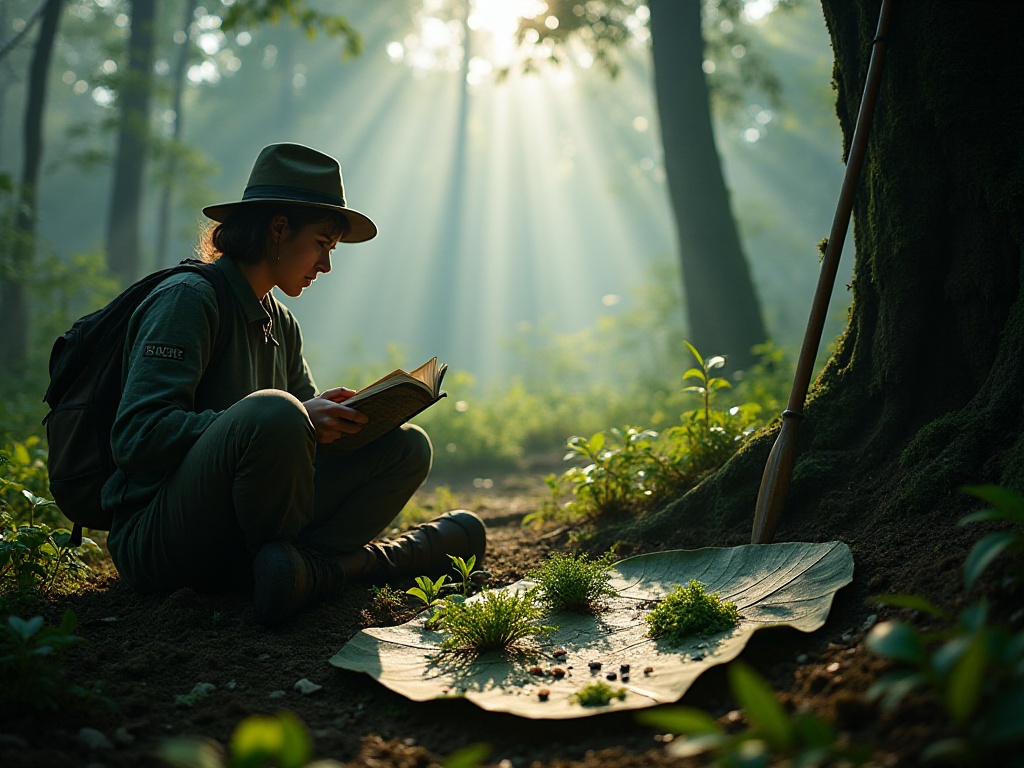
Equipment Guidelines
When it comes to wilderness equipment, there's a lot to consider. Not all expensive equipment is the most suitable - what matters is practicality. For example, multi-purpose tape is my favorite, truly a god-tier wilderness survival tool. Once while camping, a tent pole broke, and if I hadn't brought tape, I would have had to sleep outside that night. Another time while hiking, my shoe sole came loose, but wrapping it with tape a few times actually held until the end.
Now I've developed the habit of wrapping a roll of tape around my water bottle to carry with me - it doesn't take up space and is convenient to use. I've found that tape has infinite uses: repairing equipment, securing wound dressings, making temporary tools, even sealing food packages. Once while camping, I even built a simple clothes rack using tape and some tree branches.
Speaking of basic equipment, it gets even more interesting. Many beginners think they need to buy lots of professional gear, but that's not the case. I've put together a basic survival kit configuration that's just palm-sized, weighs less than a kilogram, but is absolutely lifesaving:
First is the emergency blanket, a real lifesaver. It looks like a thin piece of foil paper but has excellent heat retention. Last winter when I encountered a blizzard in the mountains, this emergency blanket helped me survive a cold night. It's lightweight, compact, but can really save your life in crucial moments.
Then there's the waterproof fire starter, which is much more reliable than ordinary matches. Whether it's raining or windy, you can definitely start a fire if your technique is good. I now carry two, just in case. I remember once when camping in heavy rain, regular matches all got damp, but the waterproof fire starter allowed me to cook hot instant noodles.
A survival whistle is also essential, and it must be a professional one. Ordinary toy whistles won't do - their sound is too weak with limited transmission distance. Professional survival whistles can transmit sound very far and are much more efficient than shouting. When I previously encountered heavy fog in the mountains, it was the sound of my survival whistle that helped rescue personnel locate my position.
Portable water filters are also very important equipment. Water sources in the wild may look clear but could contain bacteria or parasites. A good water filter can filter out 99.9999% of bacteria, letting you drink water safely in the wilderness. I now use a portable straw filter that weighs only about 100 grams but can filter 1000 liters of water, enough to handle most wilderness situations.
Besides this basic equipment, I also recommend bringing some common medications like band-aids, anti-inflammatory drugs, and pain relievers. Although you might not use them, it's better to be prepared. Also prepare some high-energy foods like chocolate and nuts - these are small and lightweight but high in energy, able to replenish strength at crucial moments.
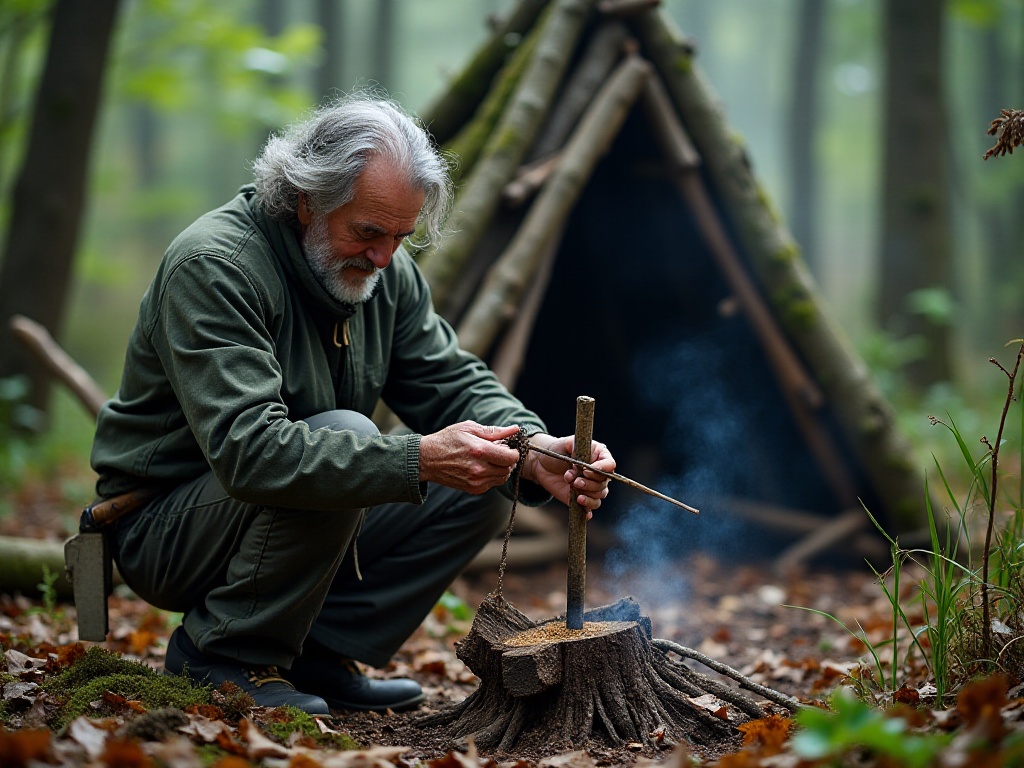
Shelter Techniques
In the wilderness, a suitable shelter can really elevate your outdoor experience by several levels. Choosing the shelter location is crucial, and I've summarized several important principles:
First, always stay away from riverbeds. The logic is simple - weather in the wilderness is unpredictable, and a heavy rain could trigger flash floods. I have a friend who camped near a riverbed and was awakened by a sudden flash flood at midnight - all his equipment was washed away.
Second, don't camp directly under large trees. While trees seem to provide shelter from wind and rain, branches can fall at any time during strong winds. I've seen too many people set up tents under big trees for shade, only to be awakened by falling branches at night.
When choosing terrain, it's best to find a slightly sloped area. This way, when it rains, water can flow away along the slope instead of accumulating around your tent. But the slope shouldn't be too steep, or you'll slide down while sleeping. I usually choose a gentle slope of 3-5 degrees, which is just right.
Speaking of building shelters, I most commonly use the A-frame structure. This structure is simple and practical, and especially suitable for rainy weather. How to build it? First find two branches of similar length, form an "A" shape, then secure them with rope, cover with a waterproof tarp, and weigh down the sides with rocks or branches. A shelter built this way can not only block rain but also prevent ground moisture from seeping in.
I also like to dig a small drainage ditch around the shelter, so even in heavy rain, water won't flood in. Once while camping in Guizhou, we encountered extremely heavy rain, and it was because we had dug drainage ditches in advance that we weren't flooded.
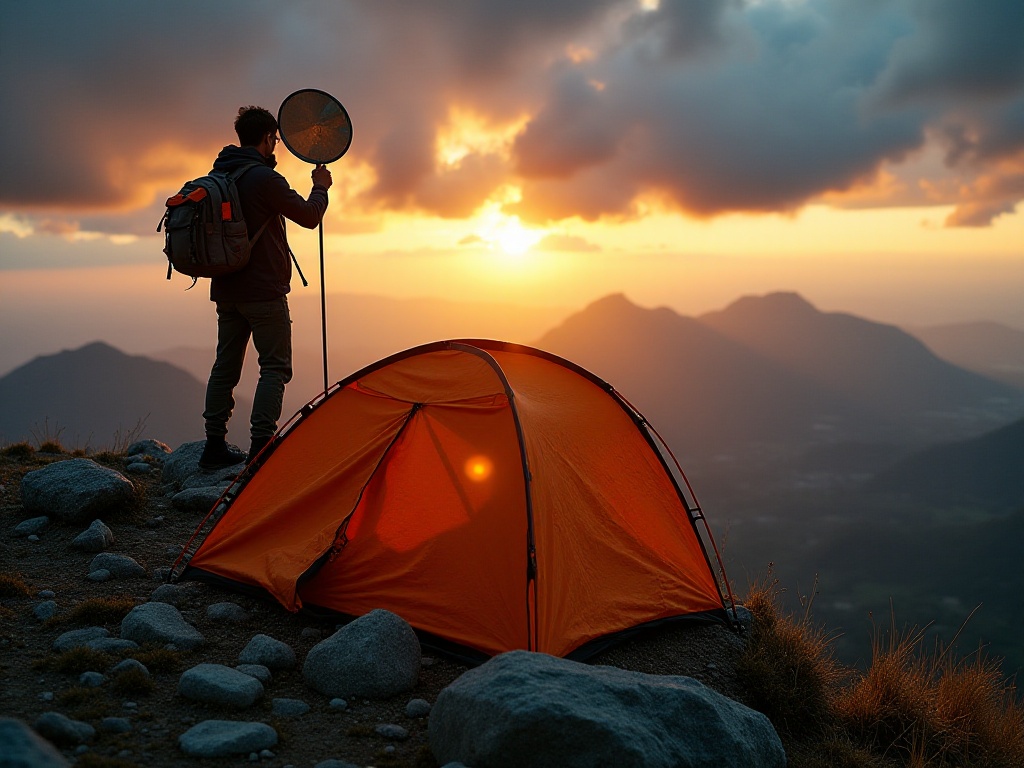
Water Sourcing
In the wilderness, water is the most important resource, bar none. Generally speaking, an adult needs at least 2 liters of water per day to maintain basic physiological needs in the wild, and this requirement increases in hot weather or during high physical activity.
Finding water sources also requires technique. Generally, following valleys downhill makes it easy to find water sources, because according to geographical principles, water always flows downhill. Also, observing animal activity trails is a good method. For instance, if you notice birds or other animals frequently active in a certain direction, there's likely a water source in that direction.
However, note that wilderness water sources all need treatment before drinking. I've summarized a "three-step water purification method" that's simple and effective:
The first step is filtering. Use clean fabric or a quick-dry towel to filter out large particle impurities. I usually fold the towel several layers for better filtration. Sometimes I also use activated carbon, which can filter out some harmful substances.
The second step is boiling. This step is especially important - bring the water to a boil and maintain it for 3-5 minutes. This process kills most harmful bacteria. Some might think 3 minutes is enough, but for safety, it's better to boil longer.
The third step is purification. Even after the previous two steps, there might still be some bacteria or viruses in the water. This is when water purification tablets are needed. One tablet can treat 1 liter of water, and after waiting 15-30 minutes it's safe to drink.
Besides these conventional methods of obtaining water, I also know some supplementary methods for special situations. For example, morning dew on leaves is also a good water source. Put a plastic bag over branches with dew and wait for the dew to drip into the bag to collect clean water. Also, plants like banana trees and bamboo contain lots of water in their stems, which can serve as emergency water sources.
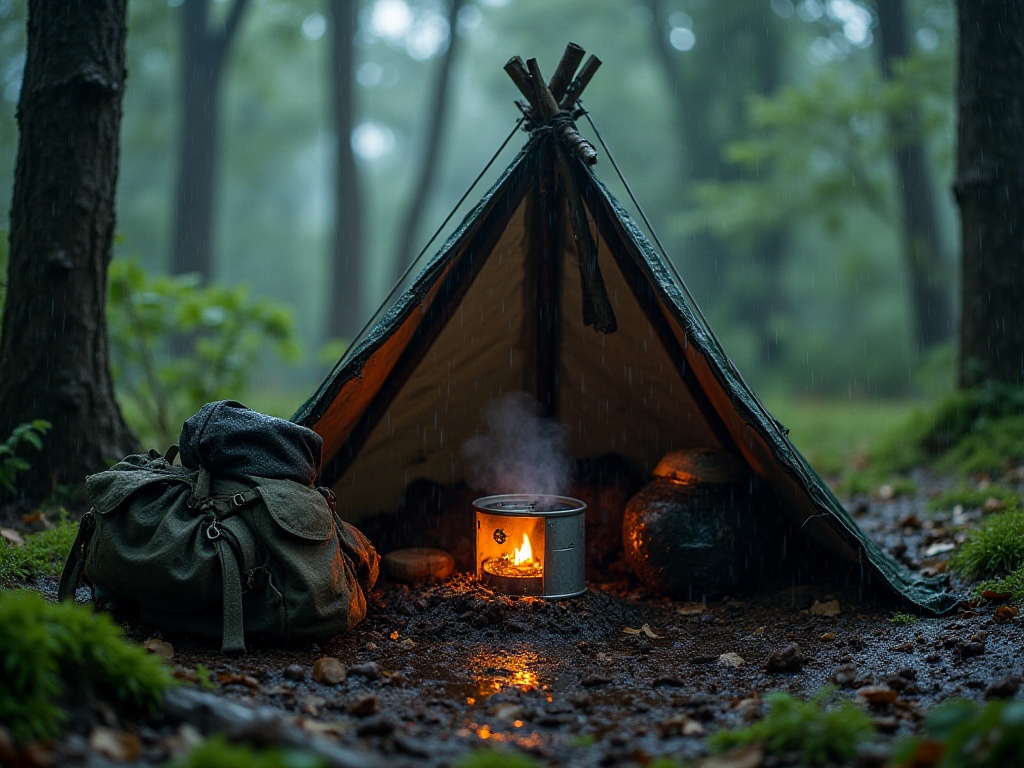
Distress Signals
When encountering danger in the wilderness and needing rescue, knowing how to send effective distress signals becomes particularly important. The internationally recognized distress signal is the "rule of three," which everyone must remember:
Three whistle blasts means blowing the survival whistle three times consecutively, then pausing before repeating the process. This method is especially effective in mountainous areas because whistle sounds travel far and are easily distinguishable as human-made sounds.
Three campfires means lighting three fires in a triangle formation in an open area. This distress signal is particularly visible at night and is clearly recognizable as man-made. I suggest preparing easily combustible materials like dry grass and bark so you can quickly light the fires.
The SOS signal is also internationally recognized, consisting of three short, three long, and three short signals. This can be sent using a flashlight or signal mirror. Speaking of signal mirrors, they're excellent tools. On a sunny day, light reflected from a small mirror can travel 5-7 kilometers. I now always carry a survival mirror - although rarely used, it can really save lives in crucial moments.
Besides these traditional rescue methods, clothing is also important. I recommend wearing bright clothing, preferably fluorescent, during wilderness activities. This makes you especially easy to spot during aerial searches. I have a fluorescent orange jacket that's particularly visible in dark forests.
Another technique is using terrain to send distress signals. For example, arranging branches or rocks to form large "SOS" letters in open areas, or stamping out distress signals in snow. These methods may seem simple but are quite effective.
Safety Awareness
When it comes to wilderness safety, the most important thing is understanding potential dangers in your area beforehand. Each region has different hazards, so doing homework in advance is really important.
Regarding plants, for instance, the most important thing to watch for in North America is three-leaved poison ivy. This plant looks ordinary but can cause severe skin allergies upon contact. I suggest studying pictures of common poisonous plants in your area before departure, learning to "identify poison by sight."
Animal awareness also requires advance research. For example, in areas with snakes, pay special attention while walking and preferably wear long pants and waterproof hiking boots. I'm in the habit of using trekking poles to probe grass ahead of me, which can frighten away potentially dangerous animals in advance.
Weather is also an important safety factor. I always check weather forecasts for the next few days before departure, paying special attention to warnings for extreme weather like heavy rain or strong winds. If the forecast shows bad weather, it's better to reschedule than take risks.
Terrain likewise needs advance understanding. For example, if going to mountainous areas, it's best to look at topographic maps beforehand and understand potentially dangerous sections like cliffs and steep slopes. I'm in the habit of downloading offline maps on my phone so I can check terrain even without signal.
Conclusion
These wilderness survival skills may seem simple, but they're all practical knowledge tested through experience. Statistics show that people who master basic survival skills have a 40% higher survival rate when encountering wilderness dangers. So rather than cramming at the last minute, it's better to learn and prepare more in advance.
Anyone might encounter situations requiring these skills. For example, you might just be camping in nearby mountains but suddenly encounter heavy rain, or get lost while hiking. In these moments, if you've mastered these basic survival skills, you can handle situations calmly.
Remember, the most important thing in wilderness activities isn't how much equipment you carry, but how many skills you've mastered. Equipment can be lost or damaged, but skills stay in your mind forever. So, I suggest everyone learn more wilderness survival knowledge regularly and practice in safe environments when possible, so you won't panic when you really need these skills.
I hope these shared experiences can help friends preparing for wilderness activities. If you also have wilderness survival experiences to share, welcome to tell me in the comments. Let's exchange ideas and improve together. After all, in the wilderness, everyone's experience is unique and valuable.





